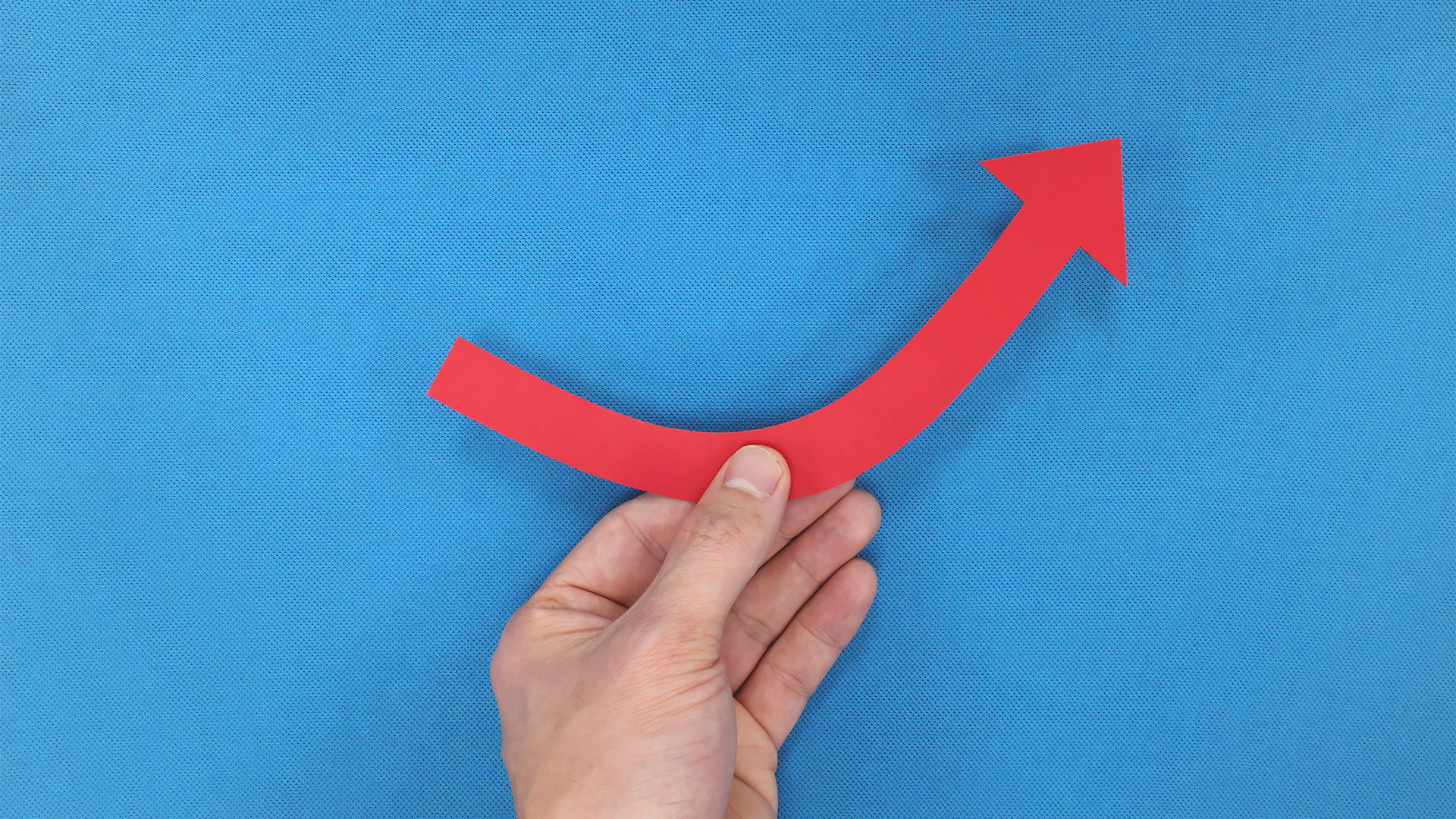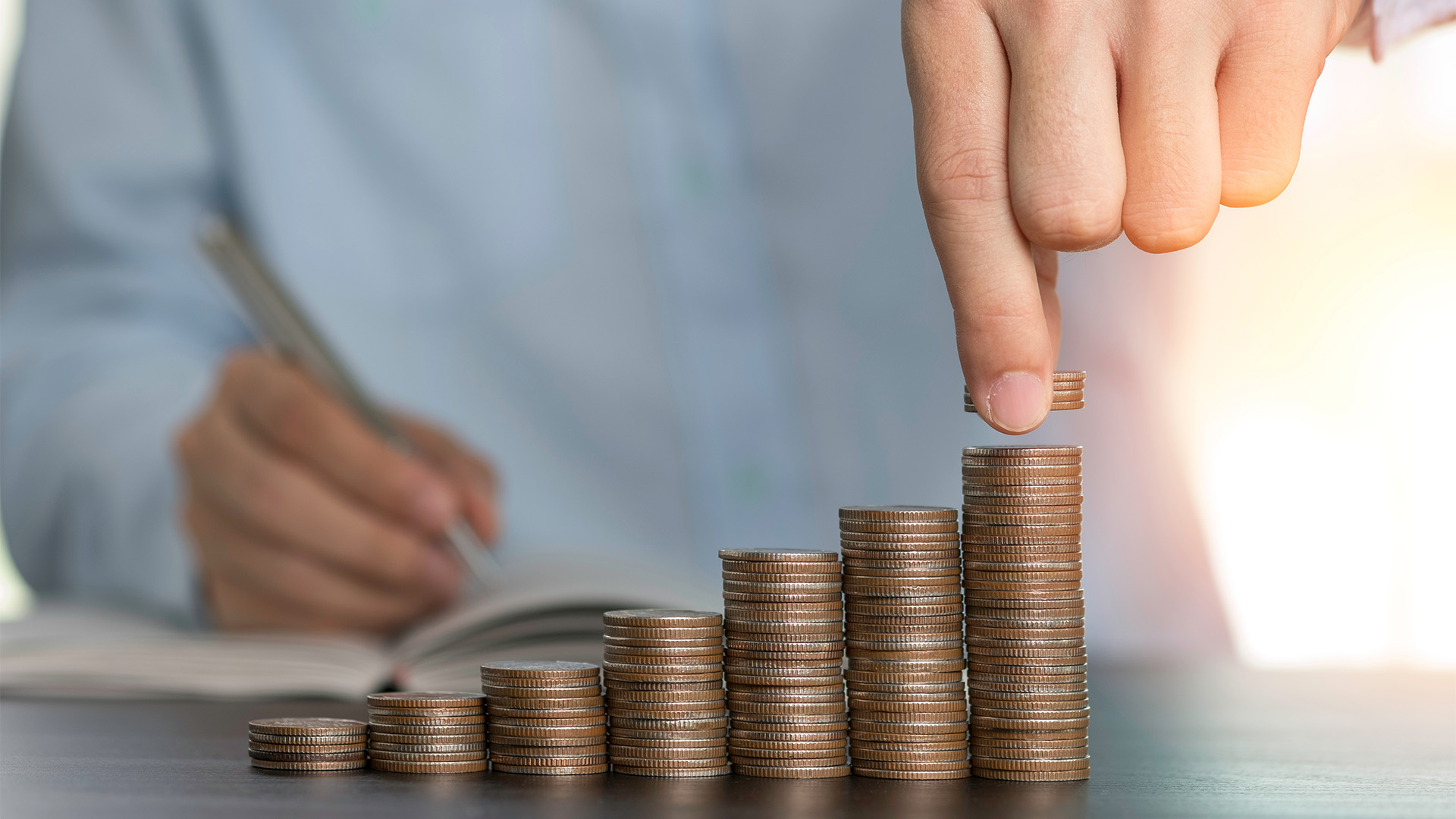Export income surging, the service sector cooling, house prices still growing but more slowly, and car sales still positive but also showing signs of slowing.
All in all it was a day of economic data yesterday that should help interest rates remain where they are for a while longer; especially with the Australian dollar rising well over 91 USc yesterday and putting further downward pressure on inflation.

Trade: This is what’s meant by the resources boom; export income is pouring into the Australian economy at unprecedented levels, thanks to the higher prices for coal, iron ore, gas, copper and other commodities.
The surge in cash is generating a record trade surplus for the country, and yet there are many people in the community who think Australia is not entitled to a fair share of this growing income.
Much of this surge in national income won’t stay here, but will be kept by the foreign shareholders and managers of Rio Tinto, BHP, Xstrata, Anglo American, Peabody Energy and a growing number of Chinese investors.
Australian Bureau of Statistics figures yesterday showed that Australia recorded its largest ever trade surplus in June of $3.54 billion, almost double the revised May surplus of $1.7 billion.
Market economists were way out, forecasting a surplus of $1.8 billion.
Exports in June rose 7% to more than $26.67 billion in June, the second highest monthly figure on record after the $27.4 billion in October 2008.
Exports of metal ores including iron surged 23% and coal exports jumped 15%.
Copper exports jumped 23% in the month, while cotton more than doubled.
Imports edged up 1% to $23.14 billion, with consumer goods up 1%, but imports of capital equipment were down 3%.
The figures mean that in the three months to June, Australia has had a trade surplus of a record $6.6 billion, a development that supports the Reserve Bank’s belief that our terms of trade are at record levels last seen in the boom in 2008 that was once thought to have been a one-off occurrence.
The ABS said the "sum of the seasonally adjusted balances for the three months to June 2010 was a surplus of $6,628m, a turnaround of $9,921m on the deficit of $3,293m for the three months to March 2010.
"However, if the seasonal factors used in compiling quarterly Balance of Payments are applied, the June quarter 2010 surplus was $6,497m, a turnaround of $9,706m on the revised March quarter 2010 deficit of $3,209m."
The impact of the June quarter surge showed up in figures for the 2009-10 financial year.
The ABS said the trade deficit for the financial year was just $6 billion, $11.9 billion worse than the surplus reported in 2008-09 of $5.9 billion, but a whole lot better than a year ago when such a dramatic improvement seemed implausible.
We can expect monthly surplus of $1.5 to $2 billion for the next few months, even though iron ore prices are expected to fall sharply in the September and December quarters.
China took 17% more exports and became our number one trading partner with $47 billion.
Japan was second with $37 billion.
South Korea and India were back in third and 4th spot taking around $16 billion each.
The UK and US were further down the list.
The 2010-11 financial year should see a rise in exports to the big four, especially China, and more trade surpluses, all things being equal.
Australia is now an Asian economy.













